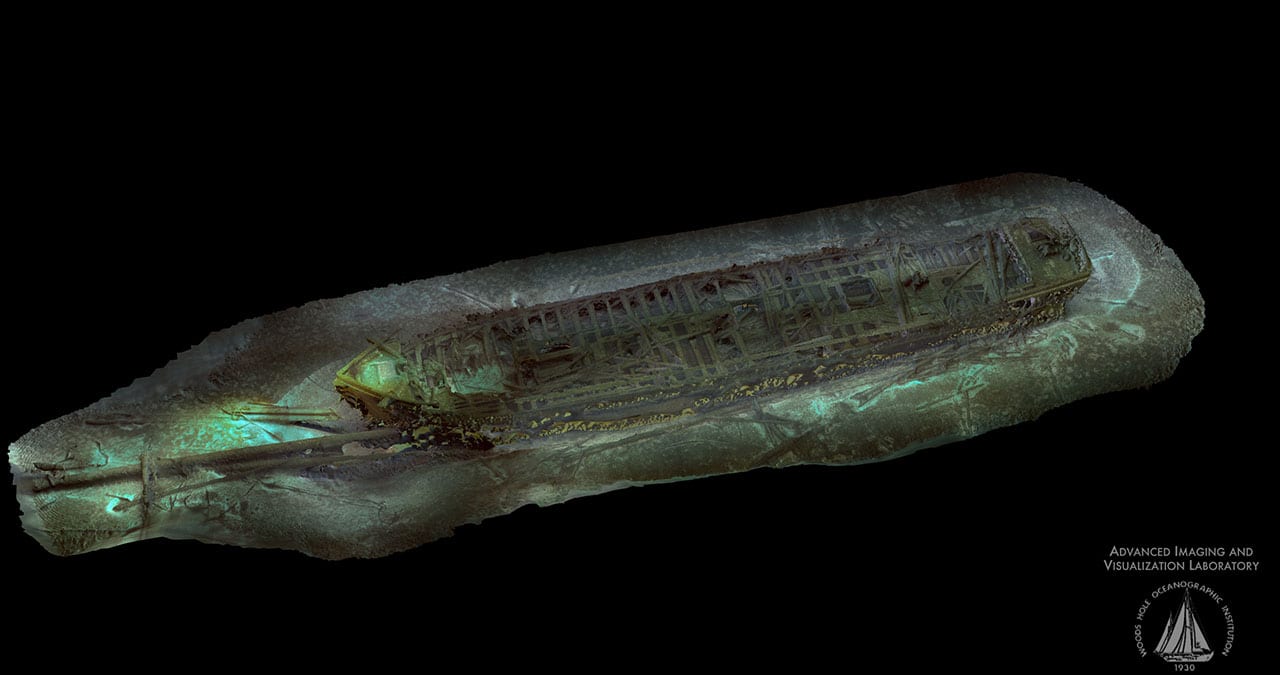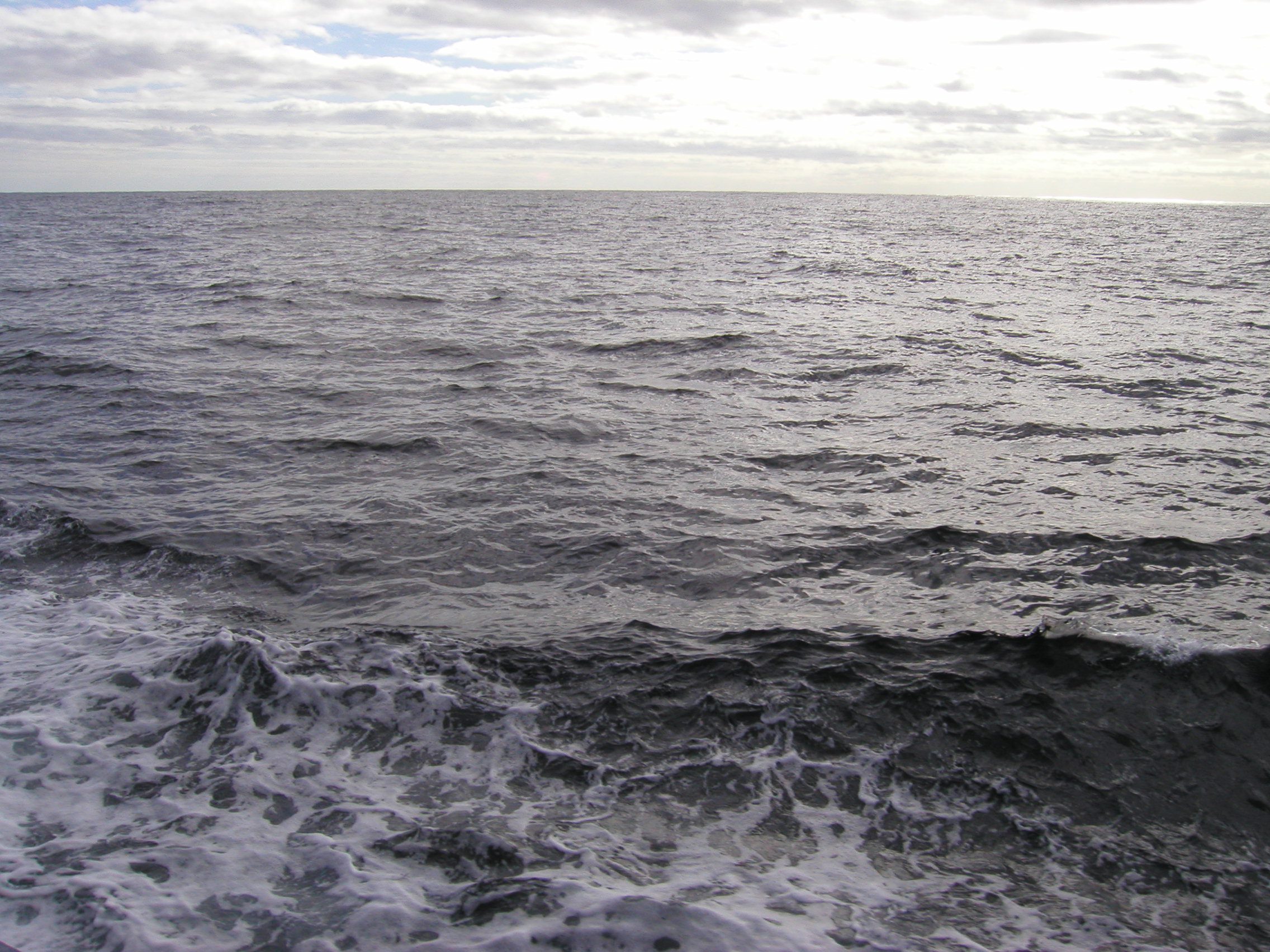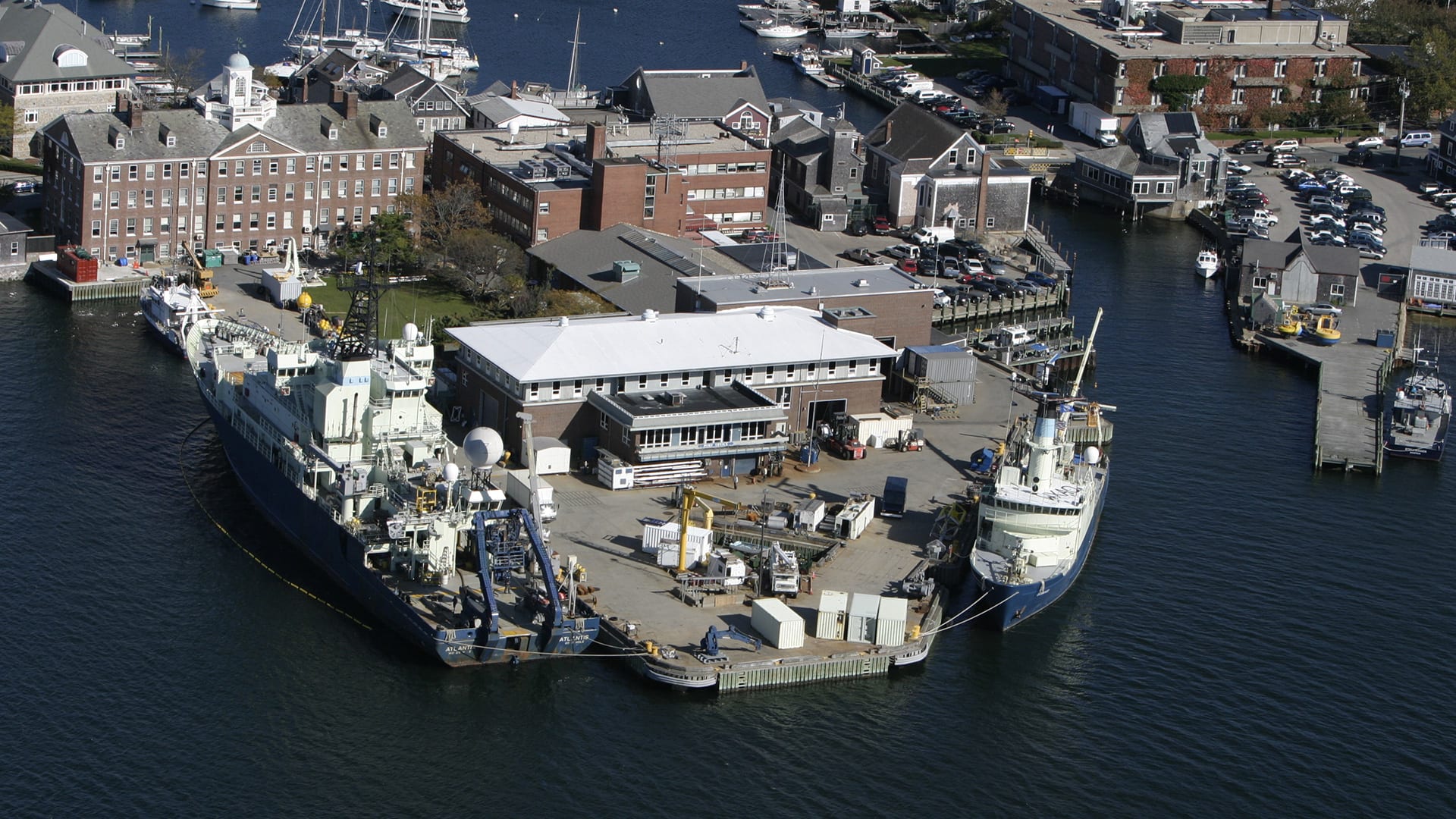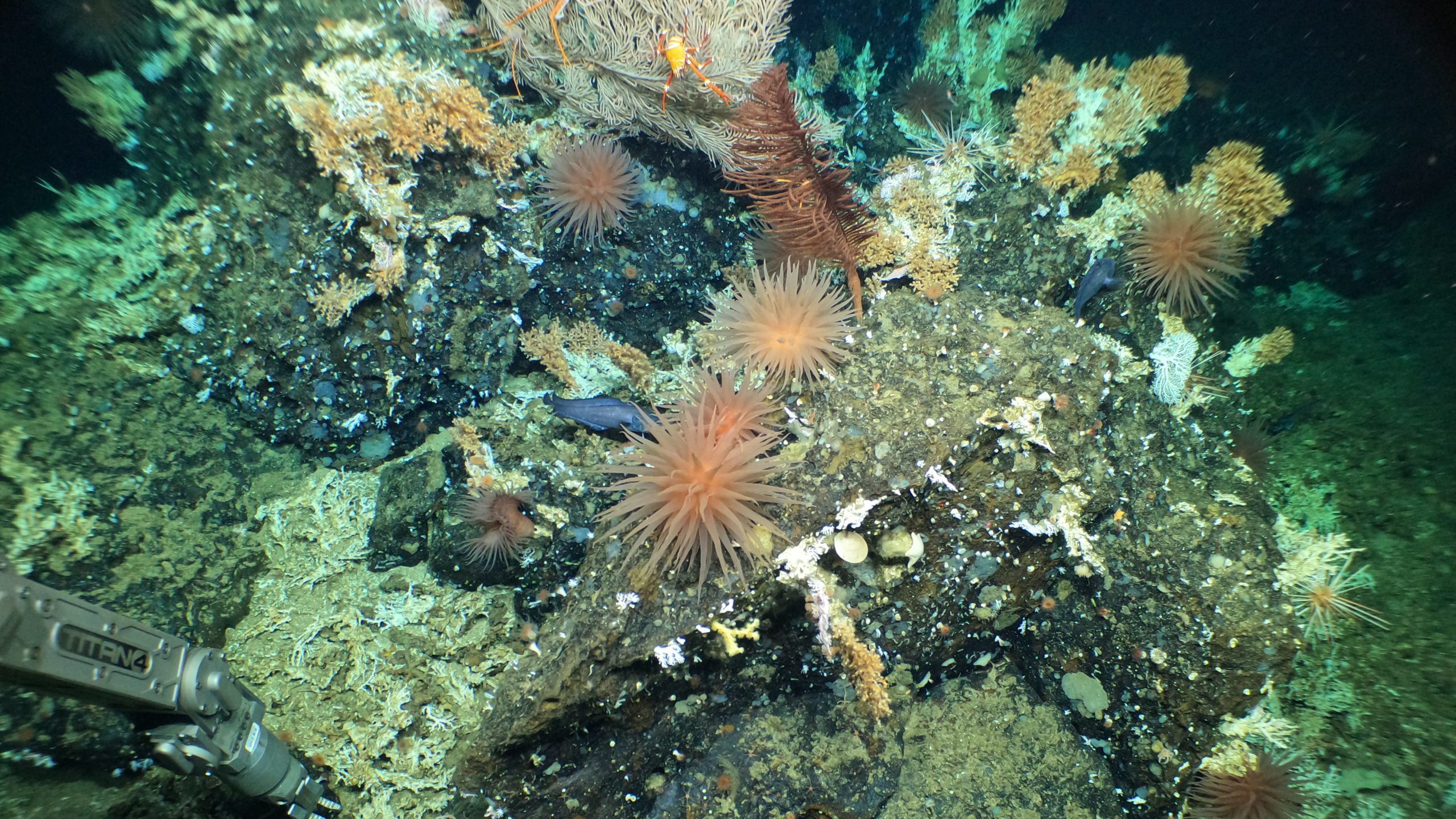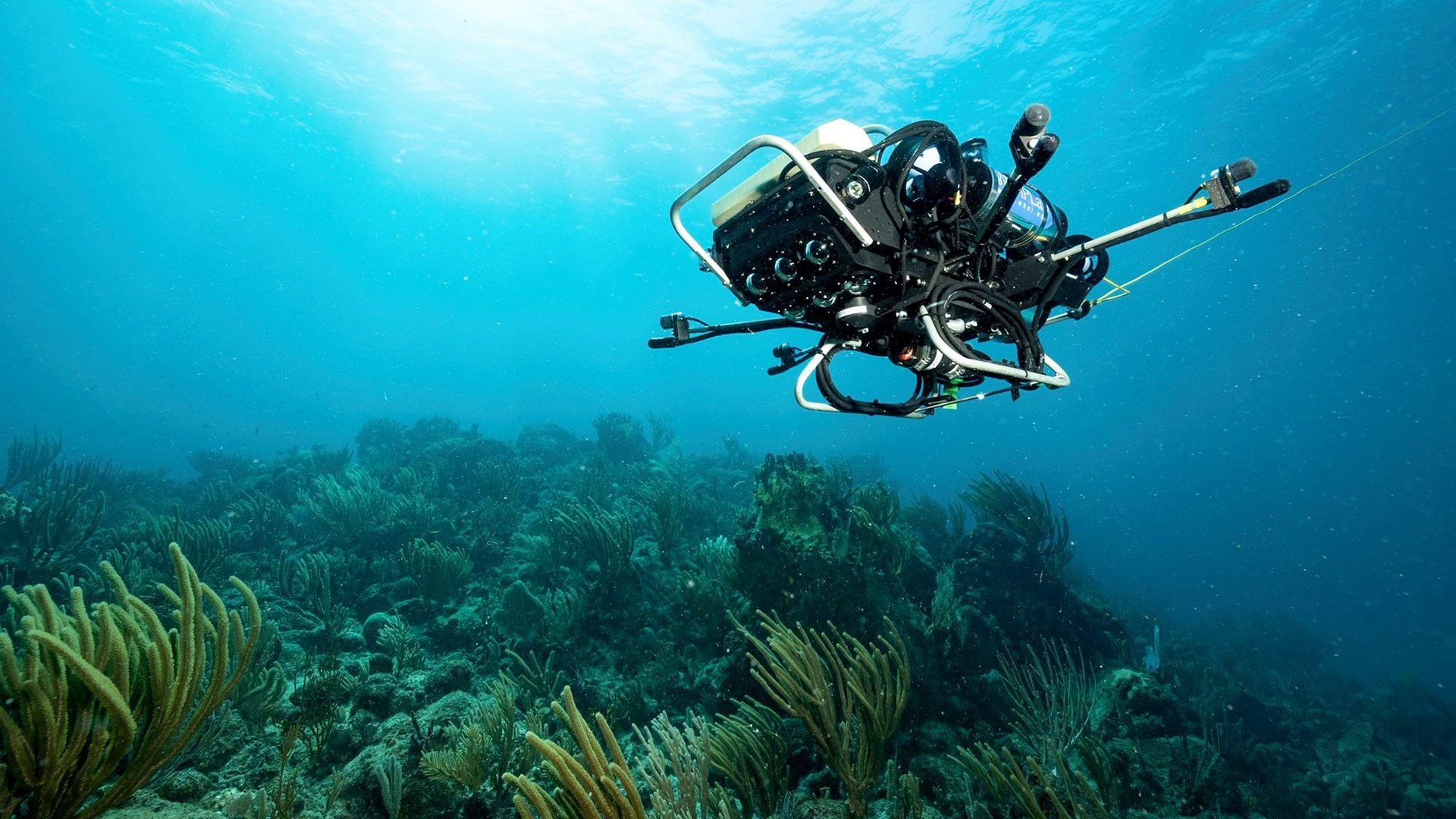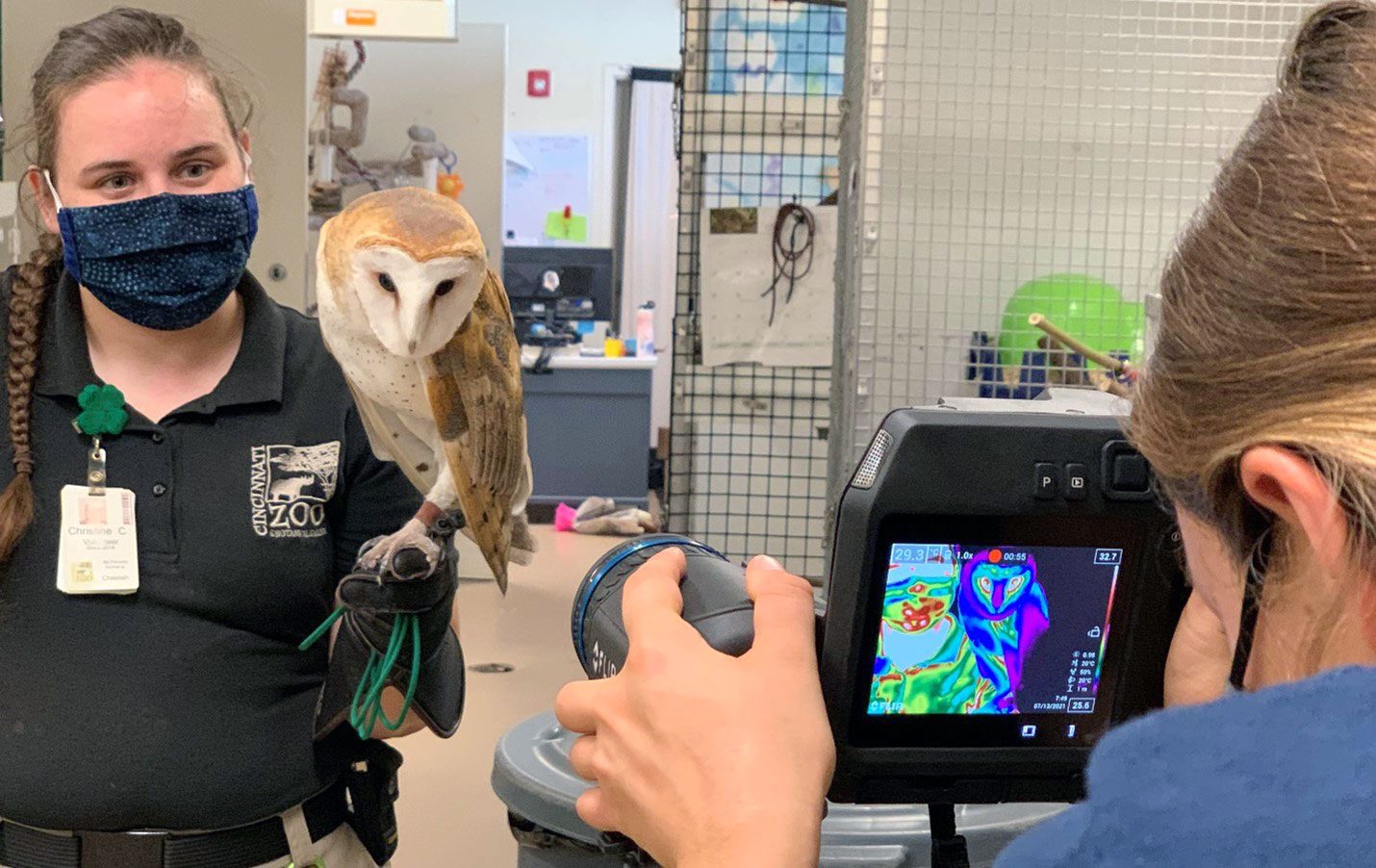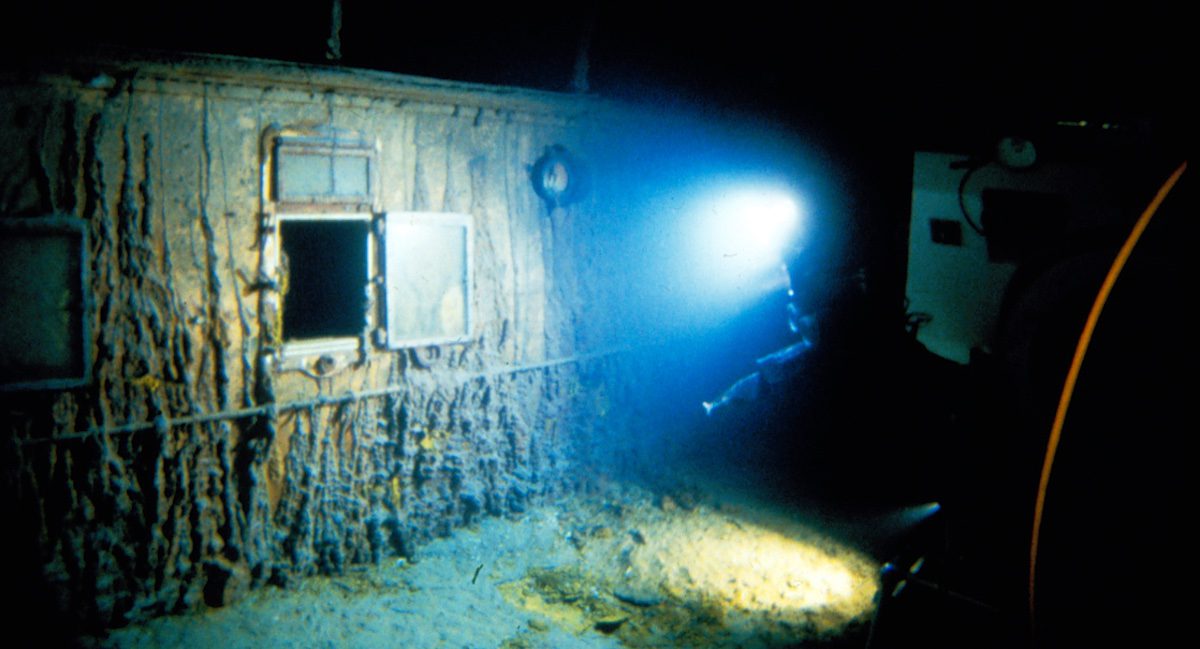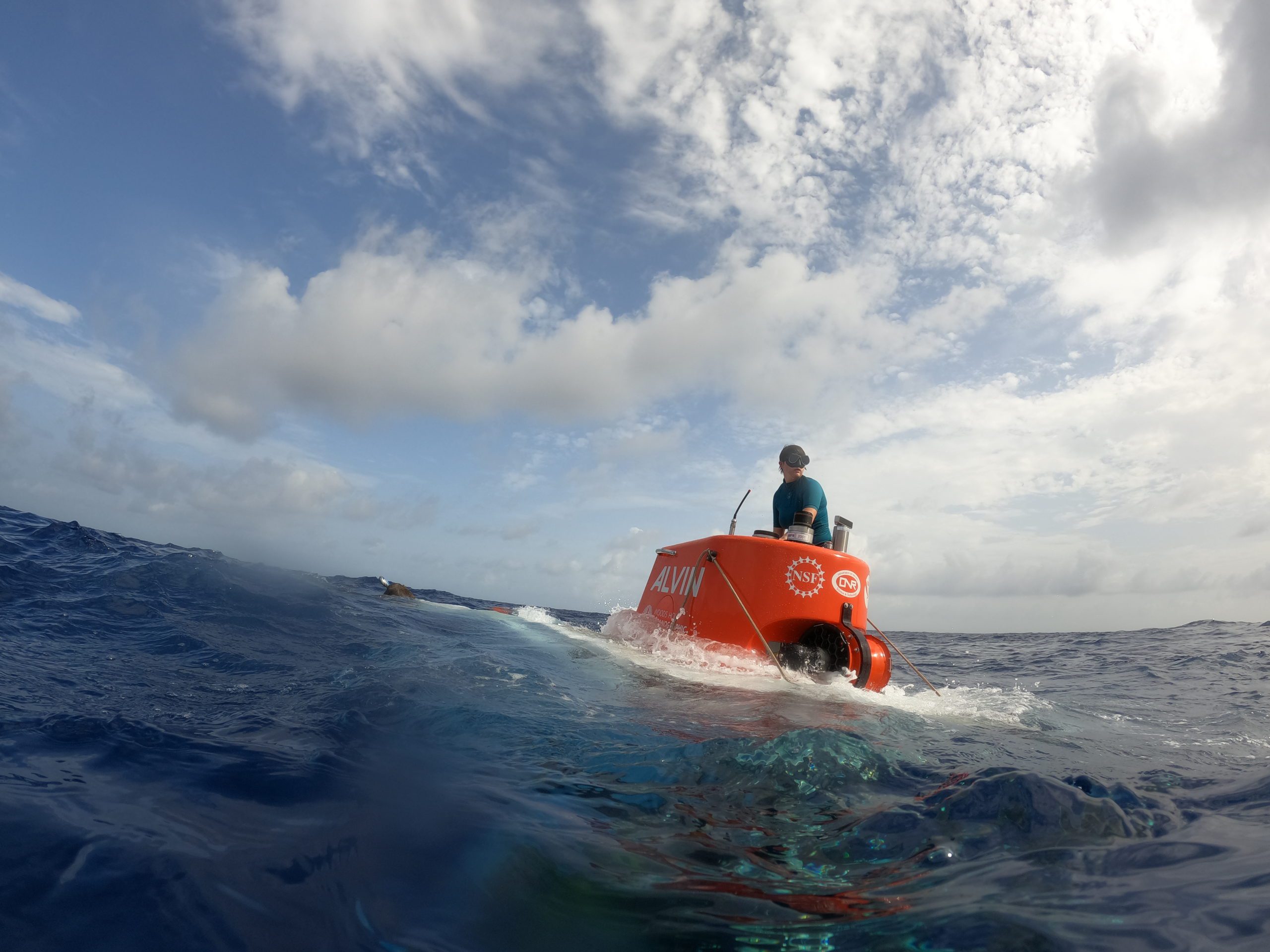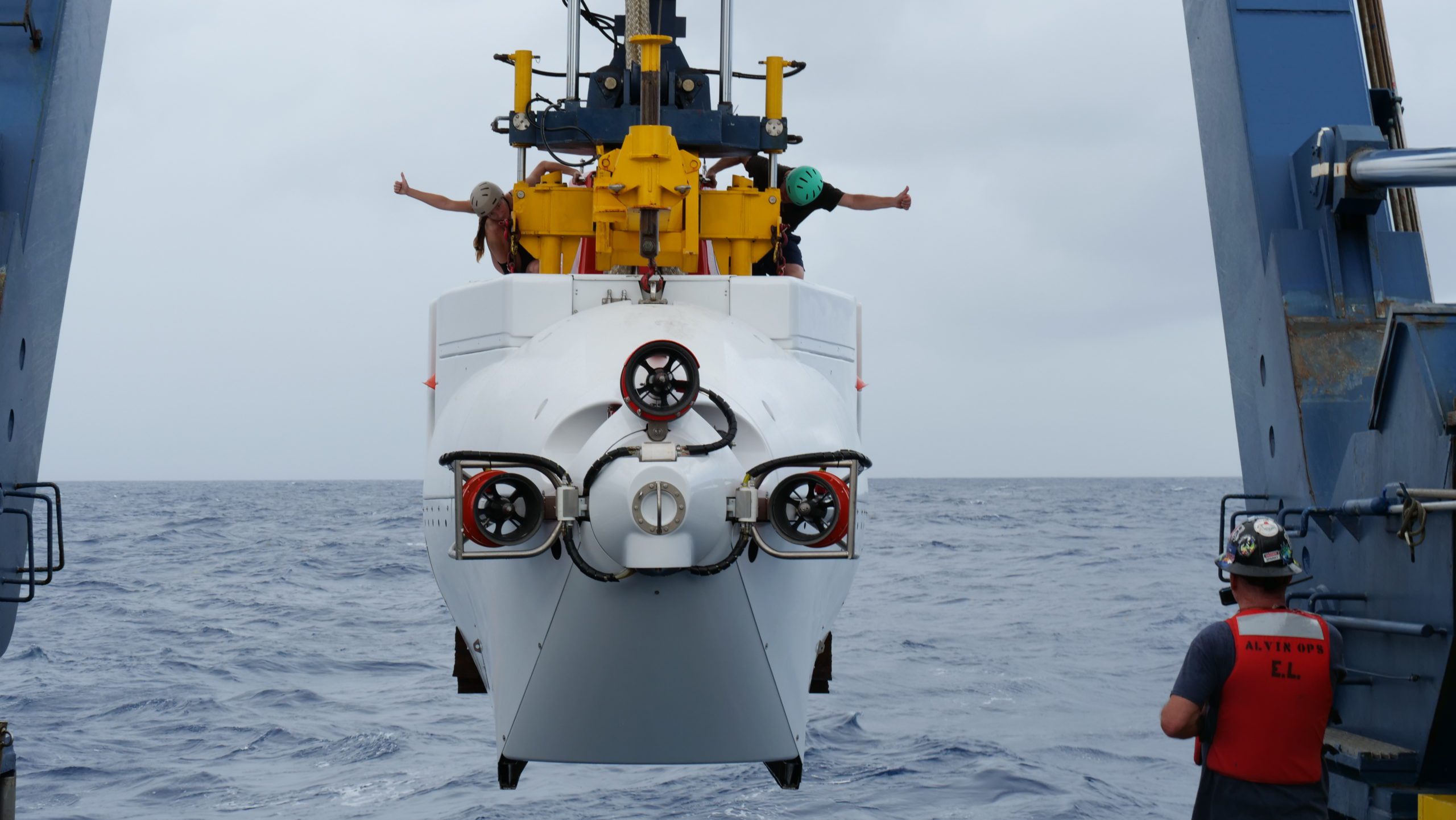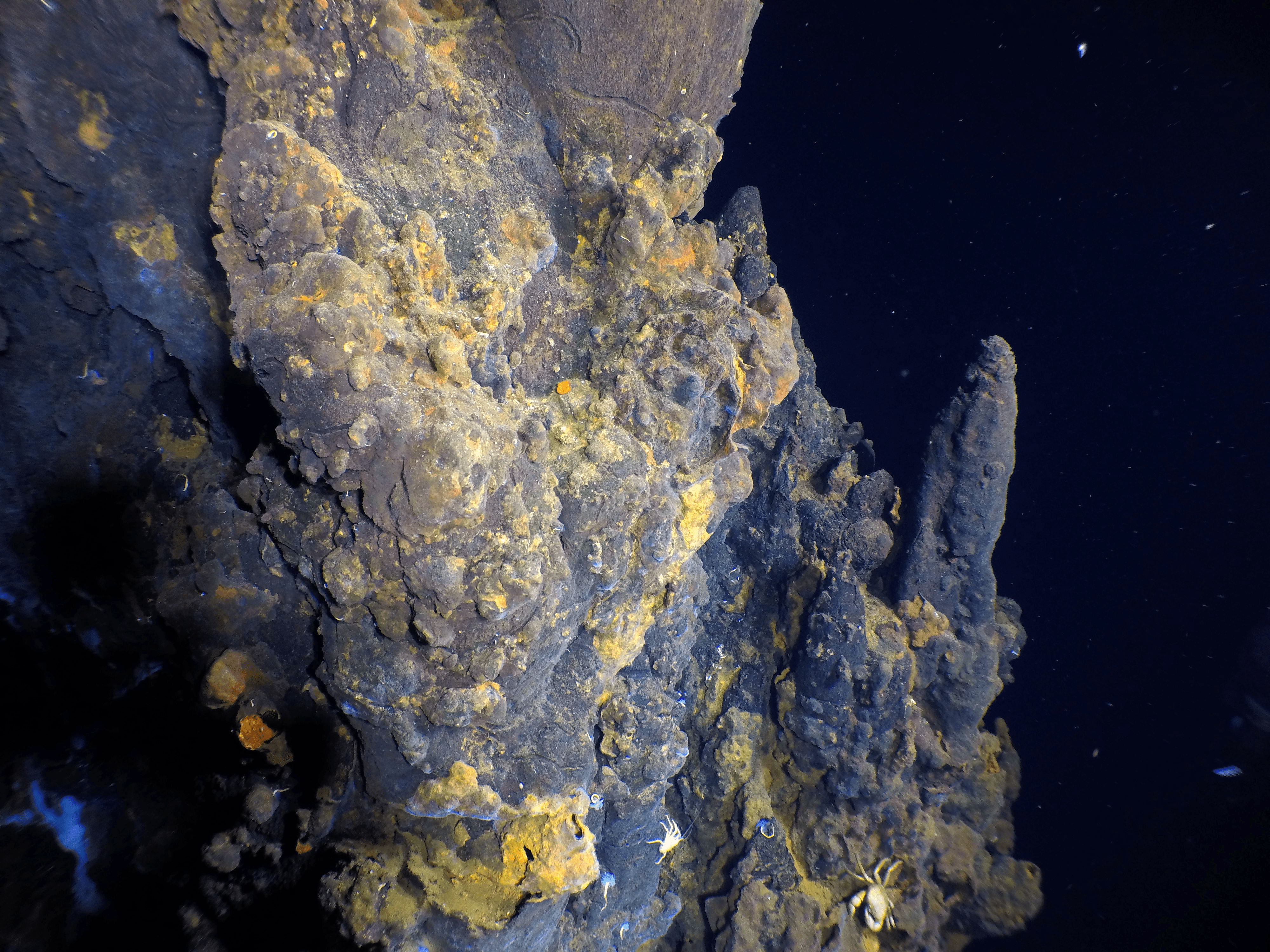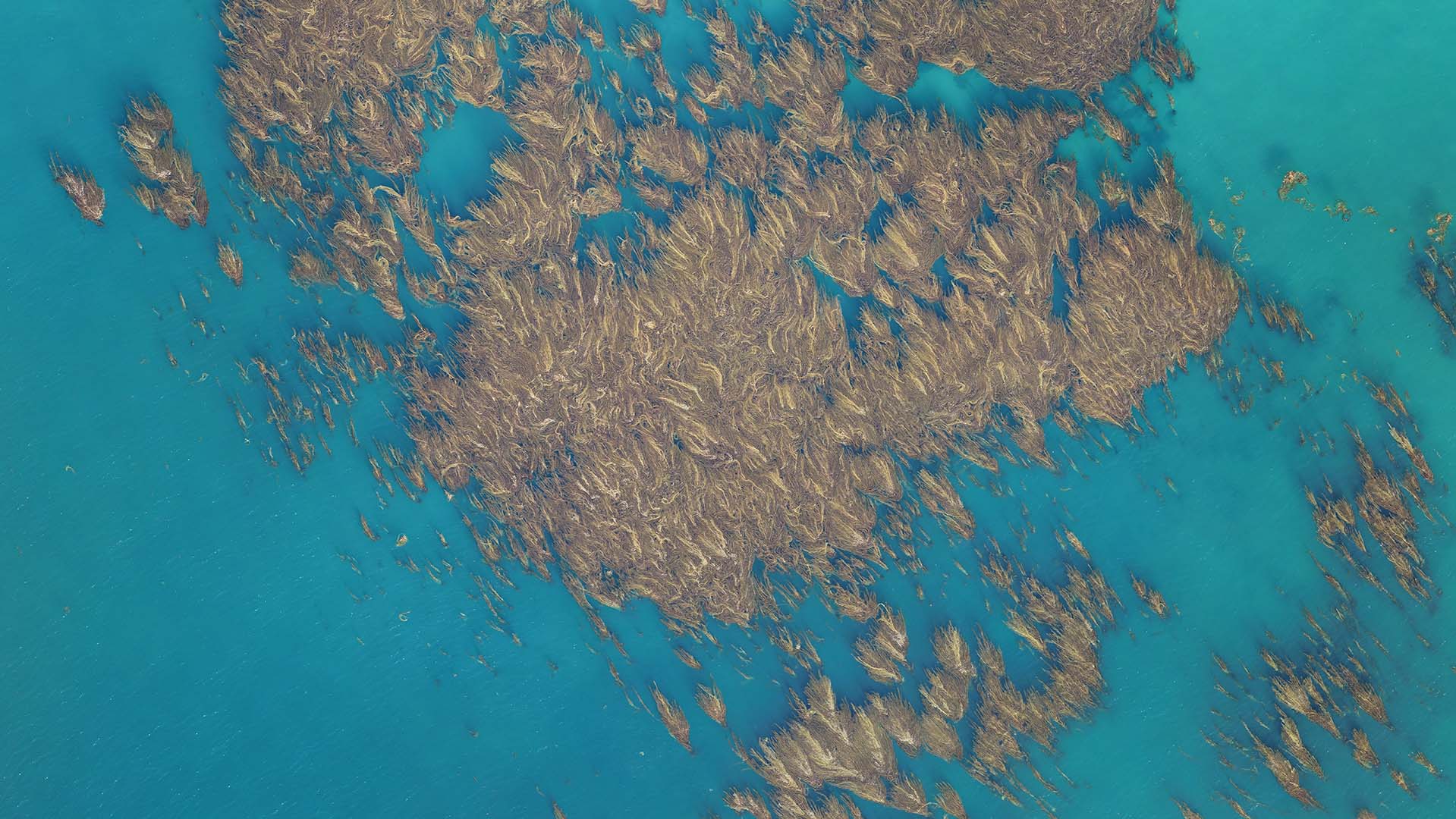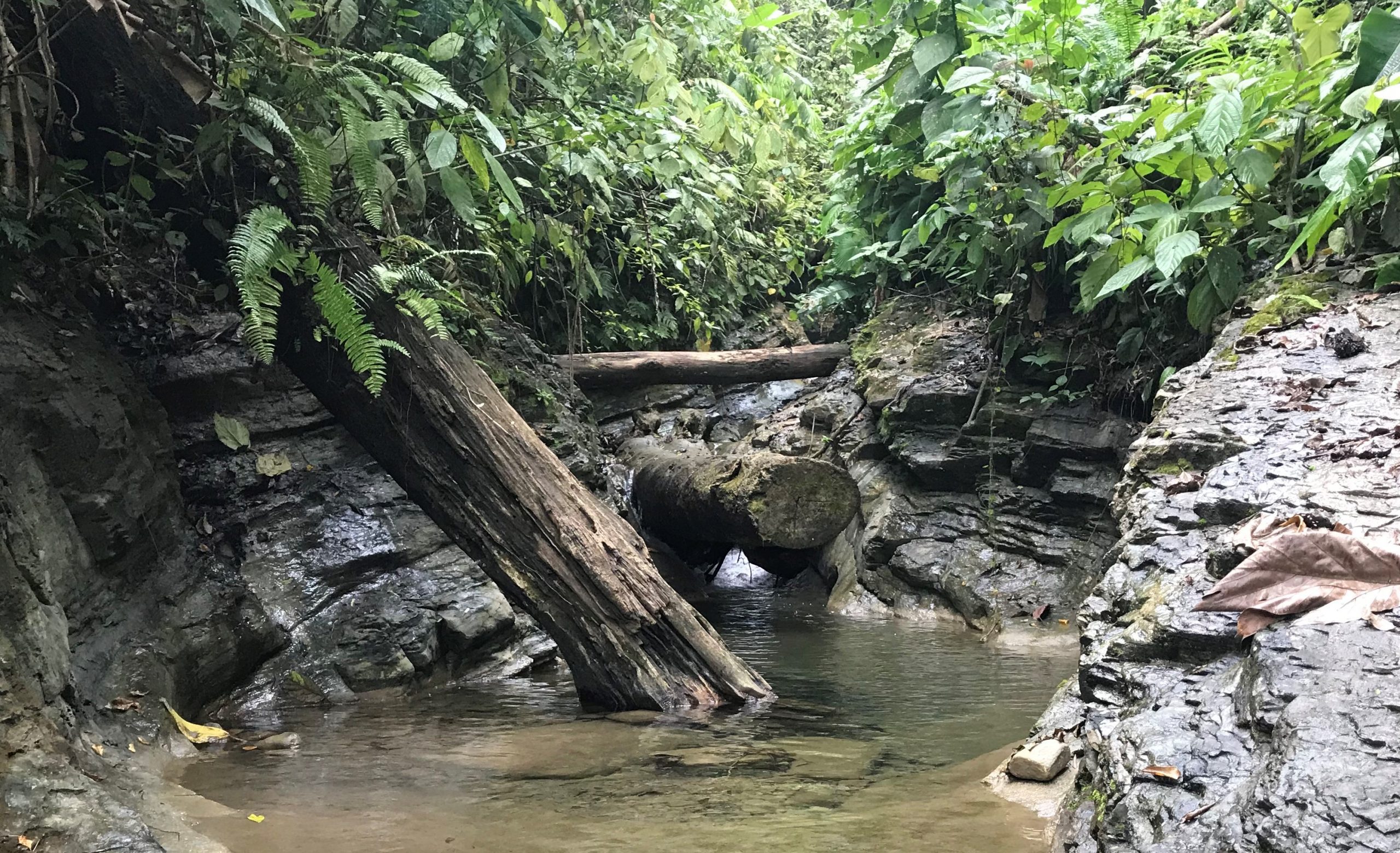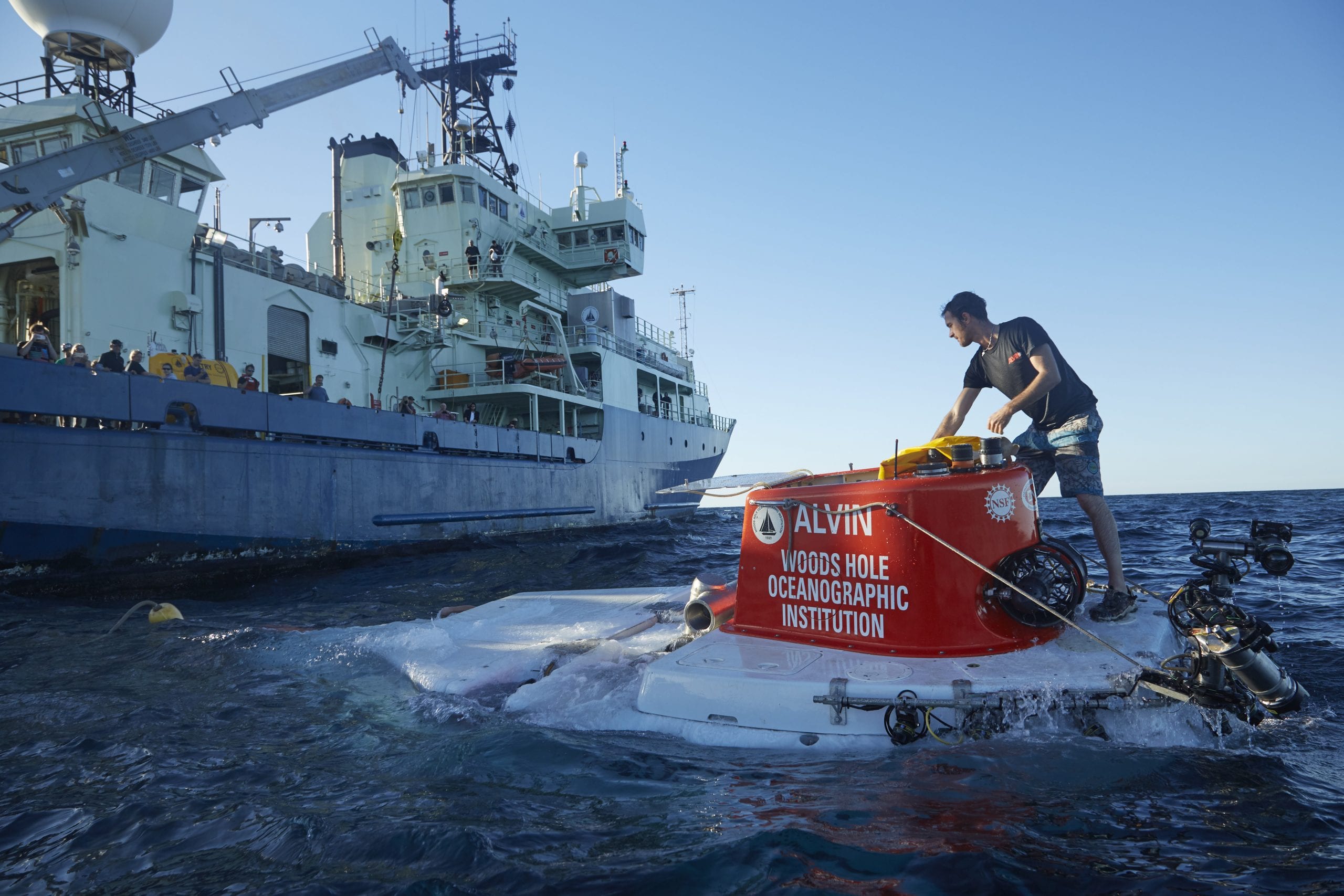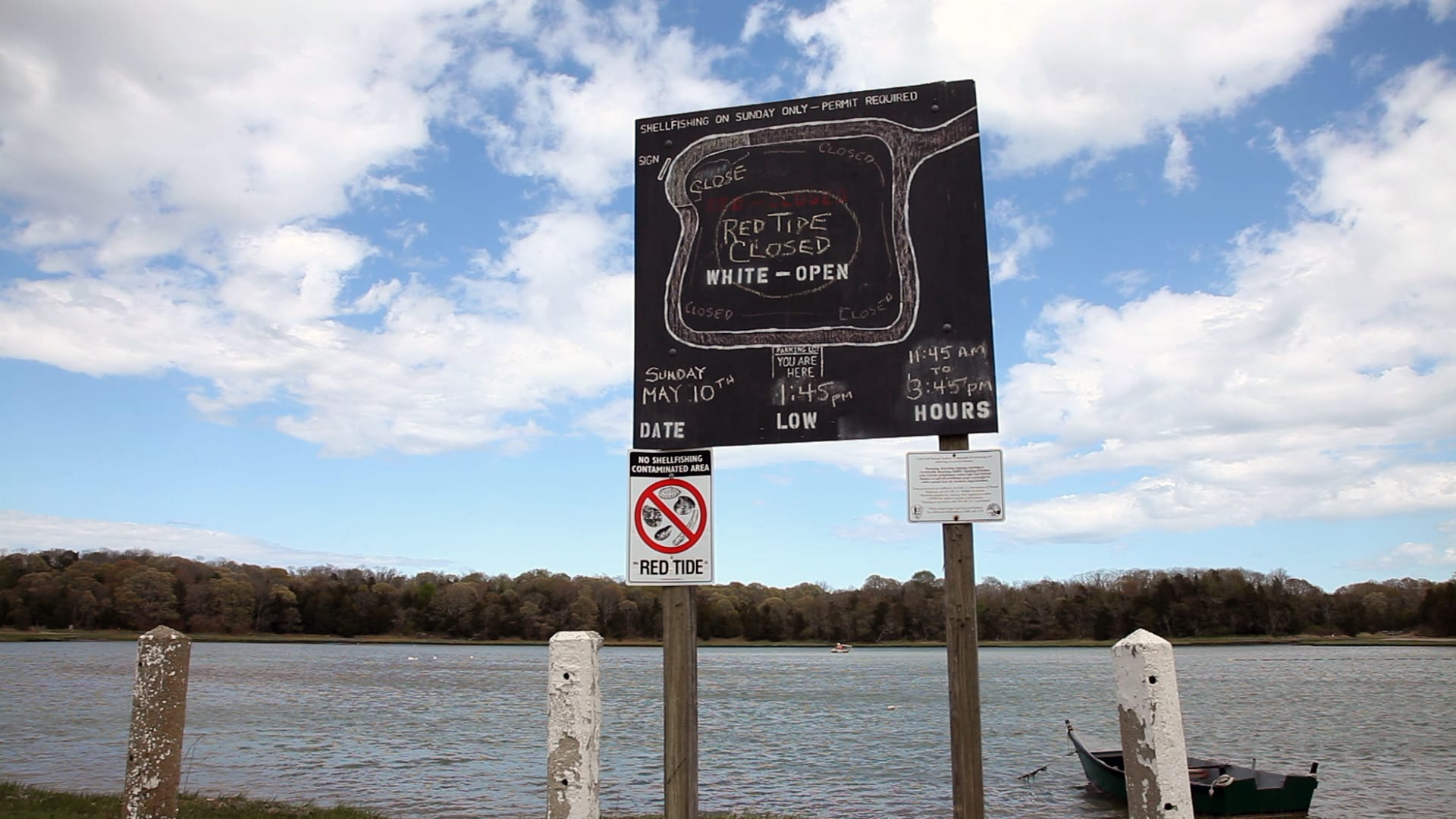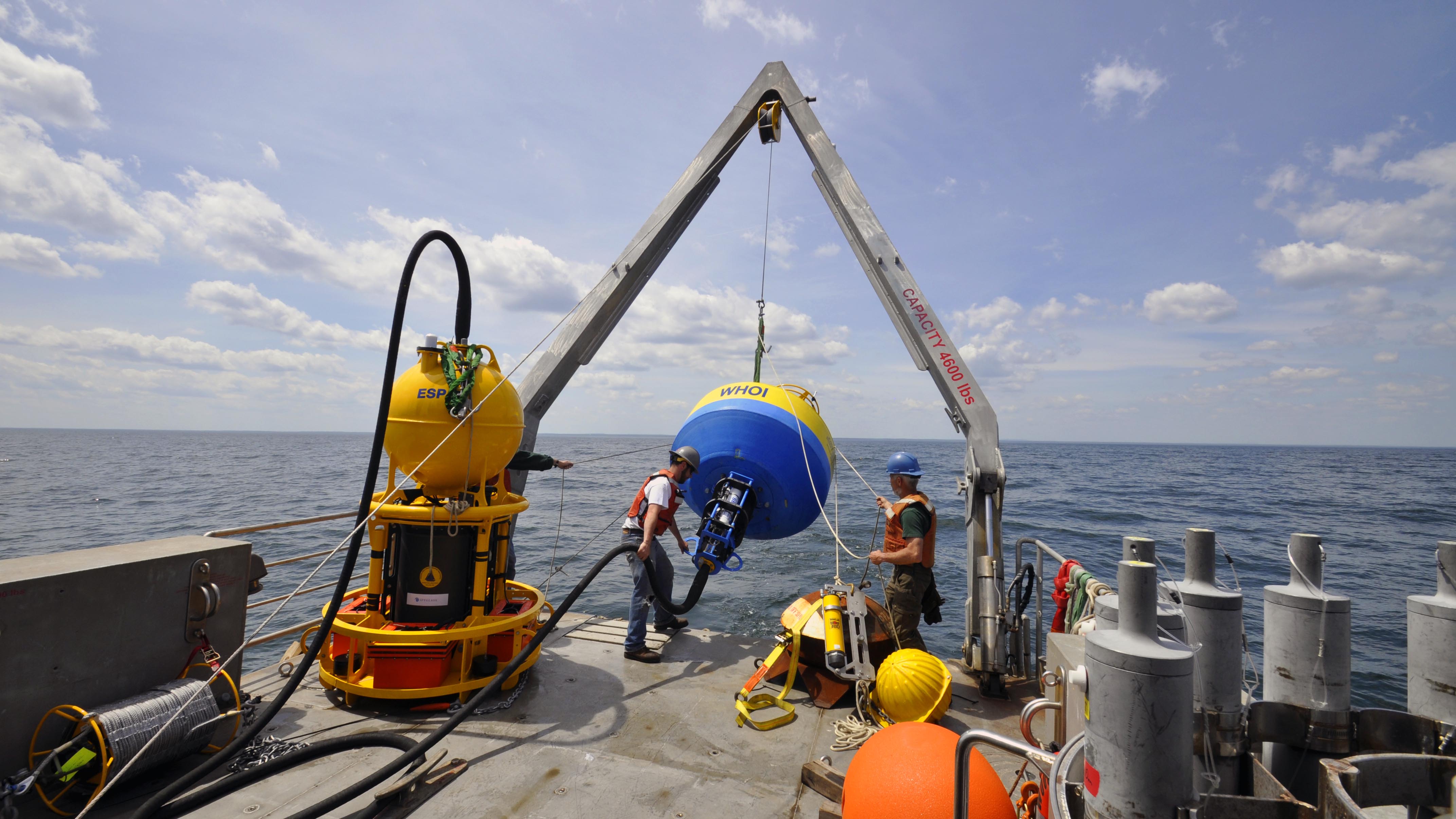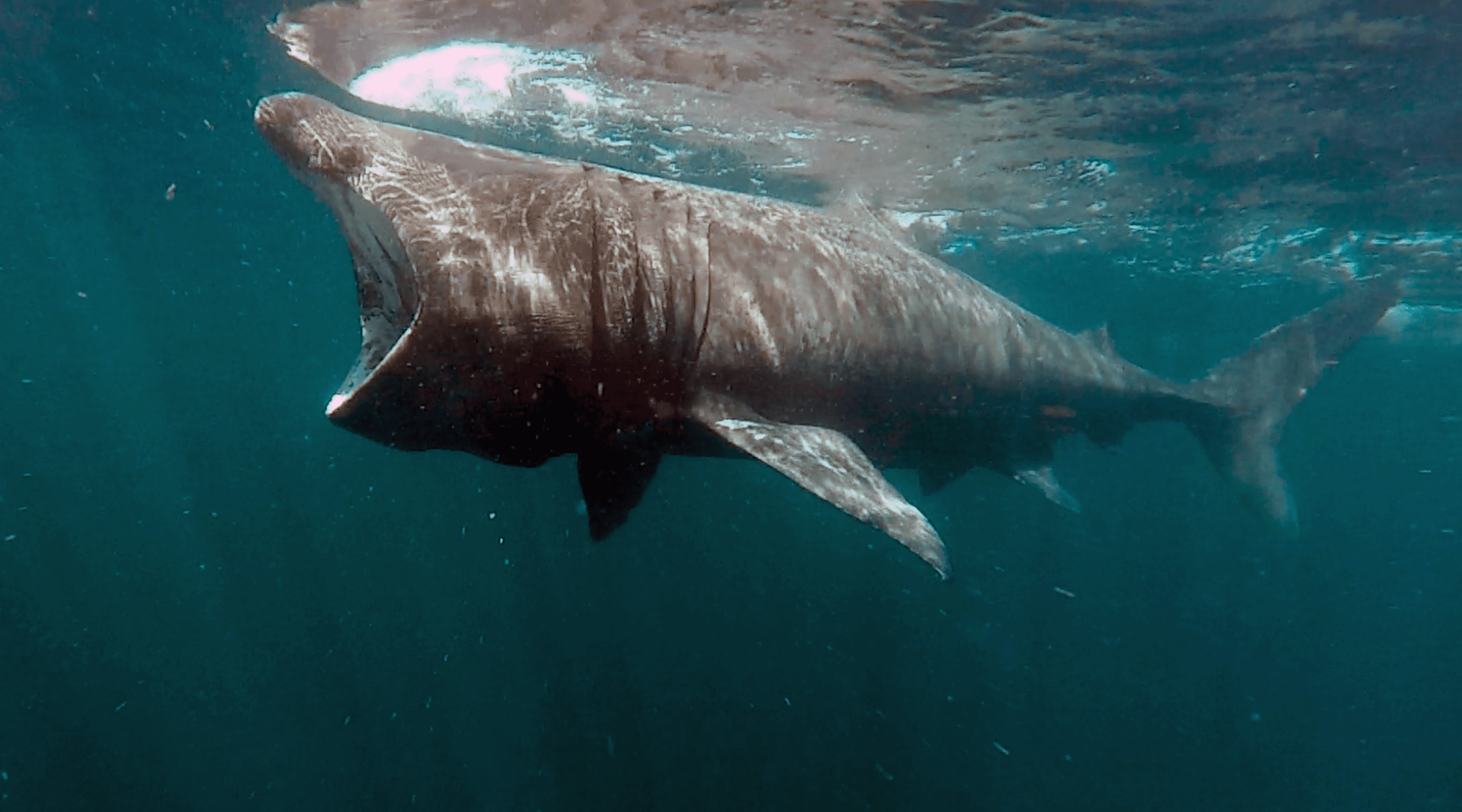News Releases
Re-envisioning Underwater Imaging
The Advanced Imaging and Visualization Laboratory (AIVL) at the Woods Hole Oceanographic Institution (WHOI) working with Marine Imaging Technologies has developed a revolutionary new multi-function, underwater imaging system capable of generating ultra-high definition television (UHDTV) video, 2-D mosaic imaging, and 3-D optical models of seafloor objects and environments. The new state-of-the-art technology is currently being field-tested on several submerged shipwreck sites in both the U.S. and Europe.
Read MoreWHOI Team Uses Advanced Imaging Data to Bring a New View of Titanic to the World
Newly released images of the Titanic wreck site provide the first unrestricted view of the world’s most notable maritime heritage site. These new images add to the already unprecedented collection […]
Read MoreWoods Hole Oceanographic Institution’s Advanced Imaging Lab Assists in Location of Thunder Bay Shipwrecks
When a group of five high school students embarked on Project Shiphunt, an expedition in search of lost shipwrecks, in May in Lake Huron, the Woods Hole Oceanographic Institution’s Advanced Imaging and Visualization Lab (AIVL) was there, surveying and capturing 3D footage of the finds. The work was conducted as part of Project Shiphunt, an initiative developed by Sony and Intel Corp and led by National Oceanic and Atmospheric Association (NOAA).
Read MoreWHOI Receives Gordon and Betty Moore Foundation Grant for Oceanography Imaging Informatics
In a significant step toward a new era in the collection and understanding of ocean science data, the Woods Hole Oceanographic Institution (WHOI) has received a grant of more than $2 million from the Gordon and Betty Moore Foundation for work in imaging informatics in oceanography.
Read MoreNow in Broadband: Acoustic Imaging of the Ocean
Researchers at Woods Hole Oceanographic Institution (WHOI) have developed two advanced broadband acoustic systems that they believe could represent the acoustic equivalent of the leap from black-and-white television to high-definition […]
Read MoreNew Imaging Vehicle Maps Coral Reefs to Determine Health of Reef and Fisheries
Deepwater coral reefs in the US Virgin Islands may occupy a much larger area and be in better health than previously thought, based on evidence gathered by a new autonomous underwater vehicle which flies through the sea like a helicopter.
Read MoreAdvances in Underwater Imaging Provide Scientists With New Eyes in an Amazing Undersea World
A new suite of deep-sea camera systems, including a prototype high definition color television camera, has captured some unprecedented images of exotic life forms living in total darkness and freezing […]
Read MoreThe Detection of a Massive Harmful Algal Bloom in the Arctic Prompts Real-Time Advisories to Western Alaskan Communities
The potent toxicity of the 2022 HAB event “posed an unprecedented risk to human and ecosystem health.”
Read MoreWoods Hole Oceanographic Institution working with Ocean Discovery League on next generation deep ocean sensor system
Group received $1.2MM NOAA grant, one of the largest single investments in technology targeting the deep sea.
Read MoreSixty Years of Deep Ocean Research, Exploration, and Discovery with Human-Occupied Vehicle Alvin
In June 1964, the world’s first deep-diving submersible dedicated to scientific research was commissioned. What have we learned over the past 60 years?
Read MoreSpring 2024: Woods Hole Oceanographic Institution Elects New Trustees and Corporation Members
At Woods Hole Oceanographic Institution’s (WHOI’s) Spring Joint Meeting of the Board and Corporation today, Institution leaders elected three new Trustees and seven new Corporation Members.
Read MoreScientists Aboard R/V Atlantis Discover Deep-Sea Coral Reefs in the Galápagos
Observations using the newly upgraded human-occupied vehicle Alvin are the first of a deep-water coral reef in the Galápagos Marine Reserve.
The reefs are located at depths between 400-600 m, atop previously unmapped seamounts.
Toward a New Era of Reef Solutions
WHOI coral reef researchers propose a new technology-centered focus to study and conserve coral reefs
Read MoreWoods Hole Oceanographic Institution partners with zoological facilities to find new ways to study heart rate, respiration in wild animal populations
Baseline data collected in controlled settings offers a glimpse into how researchers might be able to use the technique to study animals in the wild
Read MoreWoods Hole Oceanographic Institution releases rare video footage from the first submersible dives to RMS Titanic
In the submersible Alvin, the mission was the first time humans set eyes on the wreck since it sank nearly 75 years earlier.
Read MoreHuman-occupied vehicle Alvin successfully completes science verification
After three weeks in the Puerto Rico trench and Mid Cayman Rise, Alvin is certified to return to research with its new max depth of ~4 miles
Read MoreHuman-occupied submersible Alvin makes historic dive
World’s most successful research submersible reaches 6,453 meters, its deepest dive ever
Woods Hole, MA — Today, the human-occupied submersible Alvin made history when it successfully reached a depth of 6,453 […]
Read MoreHydrothermal field discovered at the East Pacific Rise 9°54’N
A new high-temperature, off-axis hydrothermal vent field on Pacific seafloor at 2550 meters depth was discovered in 2021 by a team that included researchers from Lehigh University; Scripps Institution of Oceanography (SIO); the University of Bergen Norway; and Woods Hole Oceanographic Institution (WHOI).
Read MoreResearch suggests giant kelp has different factors that bear on its growth dynamics
The macroalga giant kelp, which is an iconic and important ecosystem-structuring species found off the coast of California and many other coastlines, can grow 100-feet long within 1-2 years. Now, researchers using novel remote sensing observations have found that different factors may bear on the spatial growth dynamics of the Macrocystis pyrifera kelp, which is the largest species of algae in the world.
Read More“Mantle wind” blows through slab window beneath Panama
A Woods Hole Oceanographic Institution-led team unravels the existence of a 900-mile-long mantle conduit between the Galapagos and Central America
Woods Hole, MA — Volcanic gases are helping researchers track large-scale […]
Read MoreWHOI reveals upgrades to iconic submersible Alvin
One of the world’s most prolific research submersibles will put 99% of the ocean floor within reach of science community when it relaunches in 2021
Read MoreWHOI receives NOAA awards to study, predict harmful algal blooms
Projects will help enhance monitoring and determine socioeconomic impacts of blooms nationwide
Researchers at Woods Hole Oceanographic Institution (WHOI) were recently named in a list of 17 new research projects funded […]
Read MoreNOAA awards WHOI $2.9 million for harmful algal bloom research
NOAA’s National Centers for Coastal Ocean Science recently announced funding for 12 new research projects to better understand and predict harmful algal blooms (HABs) and improve our collective response to them.
Read MoreSharkCam reveals secret lives of basking sharks in UK
An autonomous underwater vehicle (AUV) known as the REMUS SharkCam has been used in the UK for the first time to observe the behaviour of basking sharks in the Inner Hebrides, off the west coast of Scotland.
Read More
